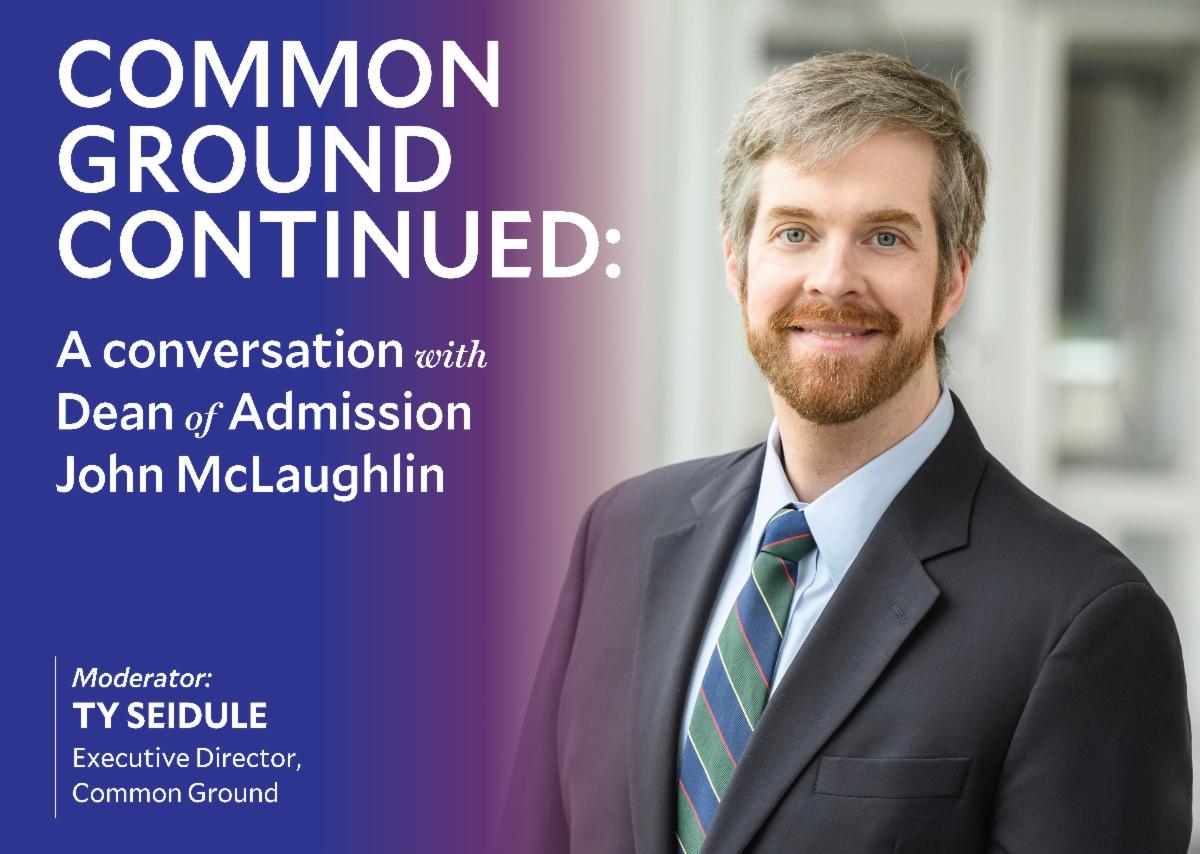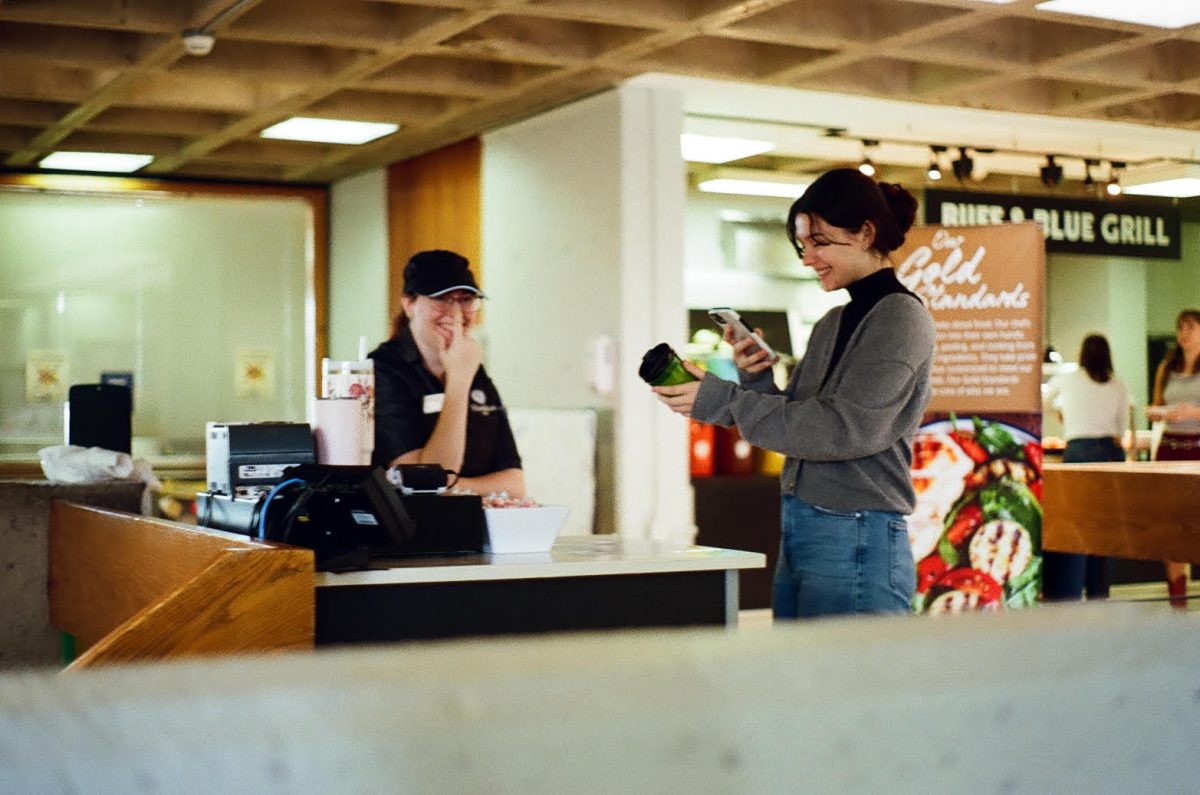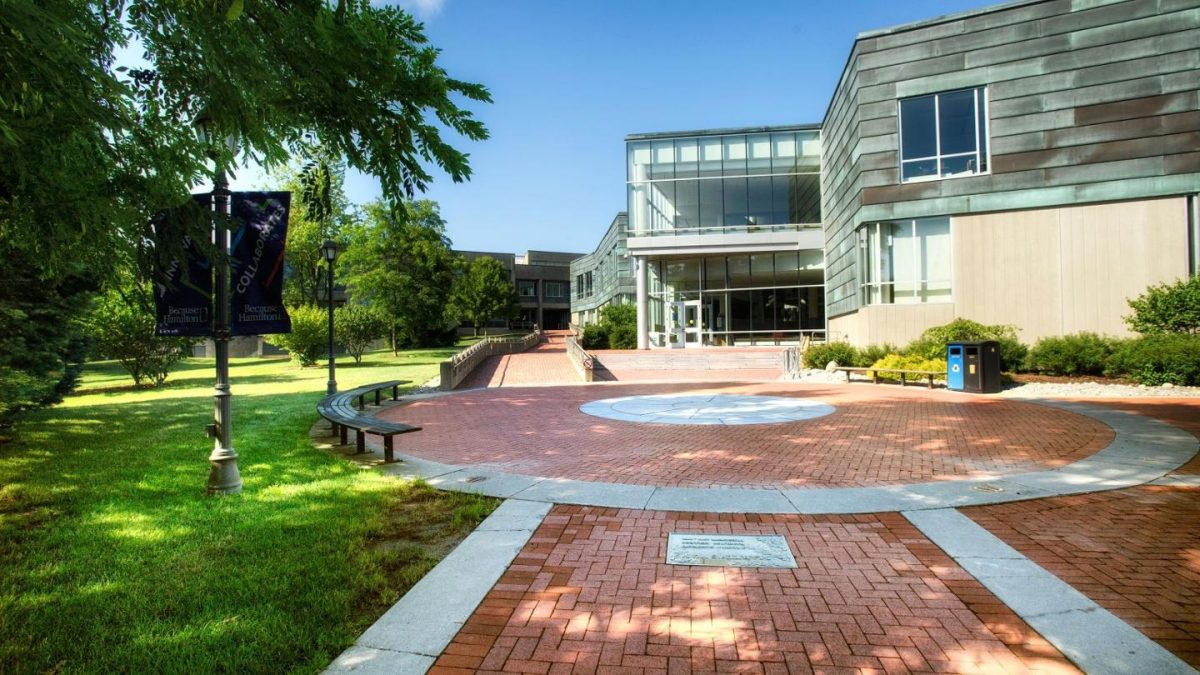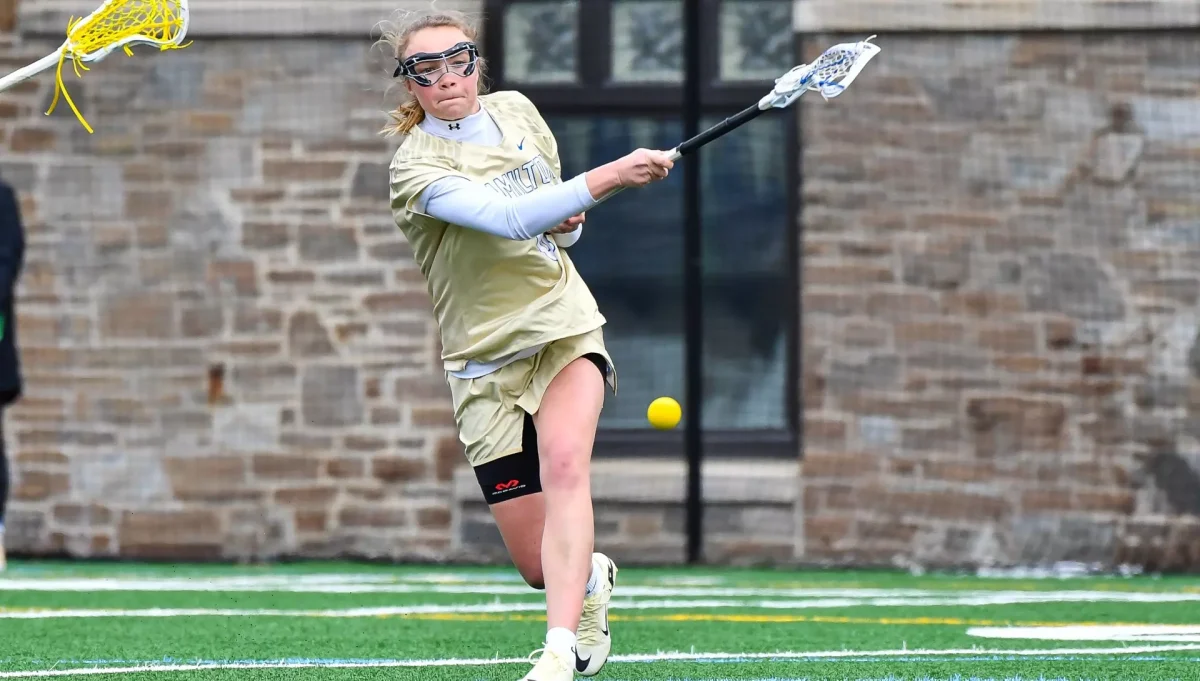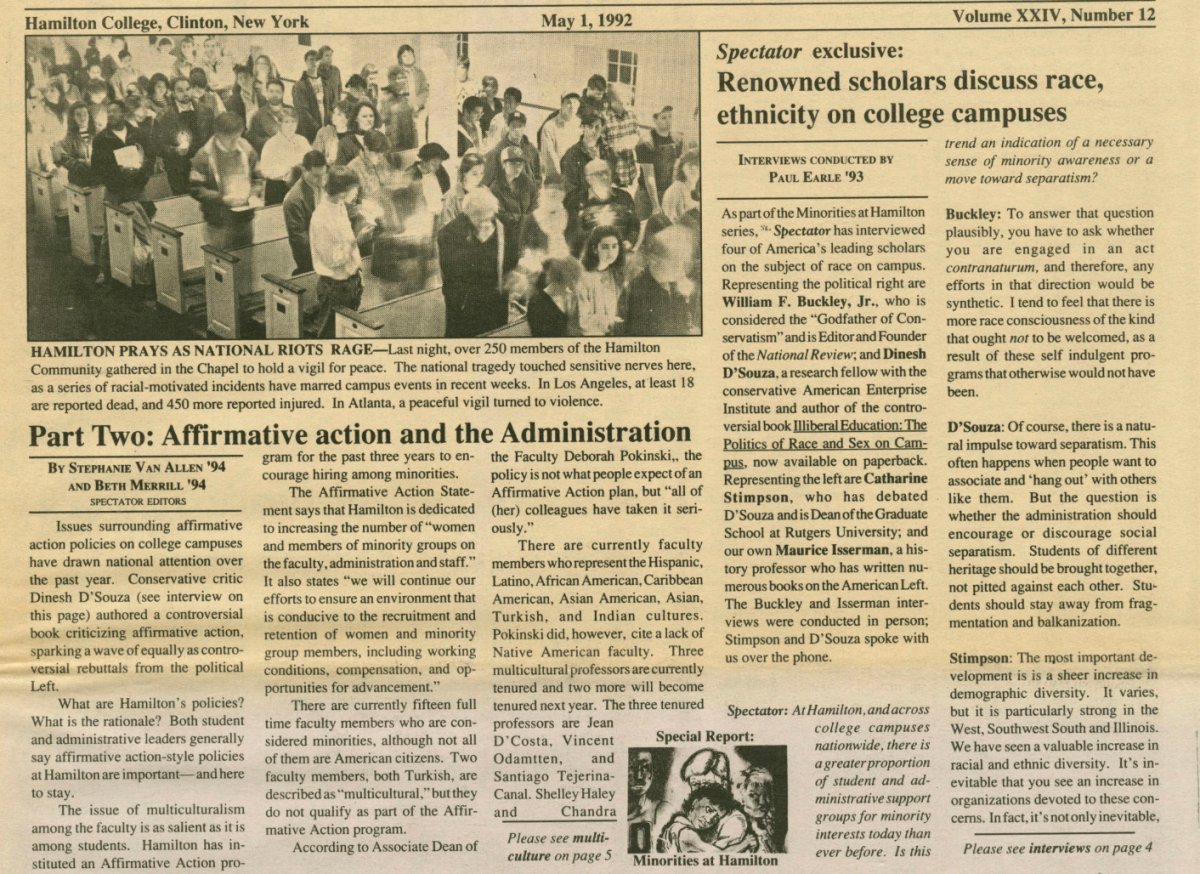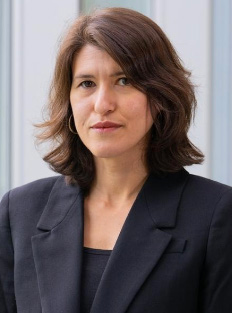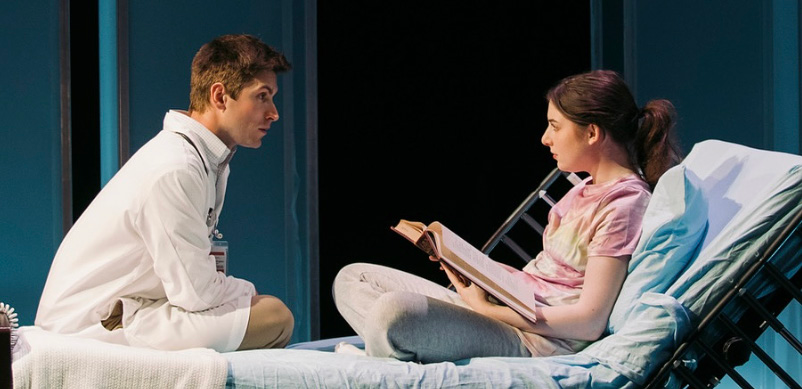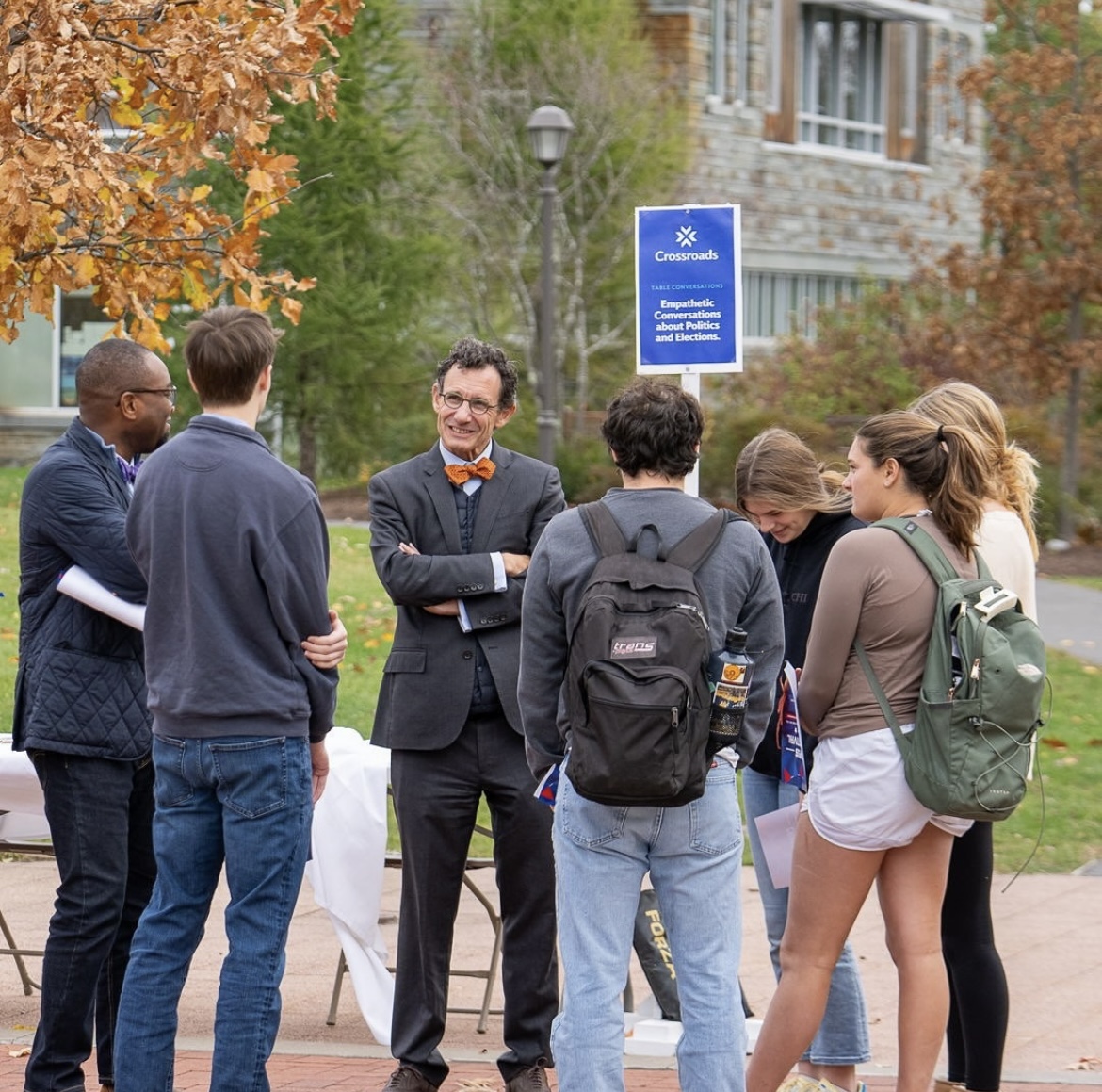
After more than a year of abnormal learning and living on the Hill, Hamilton College is very slowly returning closer to normal this semester. The Adirondack chairs are replaced with more comfortable seating and Zoom is no longer the main tool of communication. Most importantly, there are finally smiles and laughter on Martin’s Way, as students are not required to wear masks outdoors. However, although it is hard to admit, the pandemic is not quite over yet. On Sept. 16, the COVID-19 Task Force of Hamilton College posted a new weekly update, which stirred up controversies among Hamilton students.
I did not pay much attention to the email until I overheard several conversations about the new update. The main idea of the message from Karen Leach, the head of the COVID-19 Task Force, were usual reminders on proper mask-wearing and safe socializing. The update acknowledges the success that Hamilton College has achieved, but also states, “we cannot afford to be complacent.”
Indeed, compared to many peer schools, Hamilton College has done a very good job this semester regarding COVID-19 with only four total cases. Colgate University, which is only 40 minutes away from Hamilton, had a spike of more than 40 new positive cases a couple of weeks ago. At the start of the semester, Colgate followed the lifted mask mandate in New York State but eventually had to reimplement it because of their spikes. Connecticut College, another NESCAC school, has had nearly 200 positive cases in the new semester and decided to move their classes back online.
Like most, I am not a big fan of masks. I very much enjoyed the period of time in summer before the new Delta-related waves started spreading in the U.S. I could go to gyms, malls and parks without a mask. I was disappointed to learn that we eventually decided to continue wearing masks indoors for the new semester. However, I would rather have a piece of cloth on my face than have online school like at Connecticut College. There are plenty of opportunities to take off the mask temporarily and enjoy a sip of coffee, until the new weekly update.
The aspect that stirred up the conversations that I overheard was the policy about drinking water. I have no doubt that the Task Force knows more science and practical examples than myself. As much as I appreciate and recognize the COVID-19 situation at Hamilton, the emphasis on no drinking in classrooms seems absurd to me. The logic is pretty simple: if I can eat in a dining hall, I should be allowed to drink water, which takes no more than a few seconds. What is more absurd than the rule is the fact that it may be enforced. I do not blame the staff members who told me to not drink water — I just want to question the Task Force’s decisions. There are plenty of reasons to take a sip from my water bottle in a classroom.
As a liberal art institution, Hamilton College promotes student participation in class, which involves discussion and answering questions. To speak loudly and clearly to beat the masks, one really has to project their voice, which often leads to a dry mouth. For students who have back-to-back classes, this rule would mean hours of classes without hydration. One of the main benefits of in-person classes is the discussions that we can have. Plenty of water intake is necessary for students to be fully present in class.
Moreover, being dehydrated has a few major impacts on one’s body, including the feeling lightheaded and losing strength. For student athletes or students that finished working out, their bodies would need gradual water intake for hours to help their muscles to recover. As the Delta variant and other mutations of COVID-19 rage through the U.S., the last thing one can do is weaken their immune system by not giving it enough support. Prohibiting drinking water and even eating snacks in buildings and classes is quite unrealistic, giving how small and unnoticeable these actions are. Compared to many other COVID-19 policies, this one feels very much like formalism. It is hard to enforce and easy to make excuses around it: “I just need my morning coffee!” Rather than nitpicking on something like this, Hamilton College can easily spend more time and budget on other things.
Opening up more dining halls, for example, would probably divide the congregated crowd in Commons or McEwen during peak dining hours. Certainly, there are complications with Bon Appetit and their staffing. If the school really is concerned about virus transmission because of a few seconds of mask removal to drink water, dining halls would be what they should focus on instead of classrooms.
Another thing that Hamilton can do is have more PPE stations around campus, like at the entrances of Commons, in case students forget or damage theirs. Rather than having to struggle to stick a piece of old clothes on their nose, a student can simply get a new one, which is more comfortable and provides better protection.
Compared to last year, this semester has been much more exciting. This could not be done, undoubtedly, without the effort of students, faculties and the Task Force. Under the current circumstances in the country, it feels good to live in a relatively safe environment, and I hope it continues that way. It would be, though, more convincing if the College can focus more on practical plans than formalist rules, which only make students more inclined to do the opposite.

